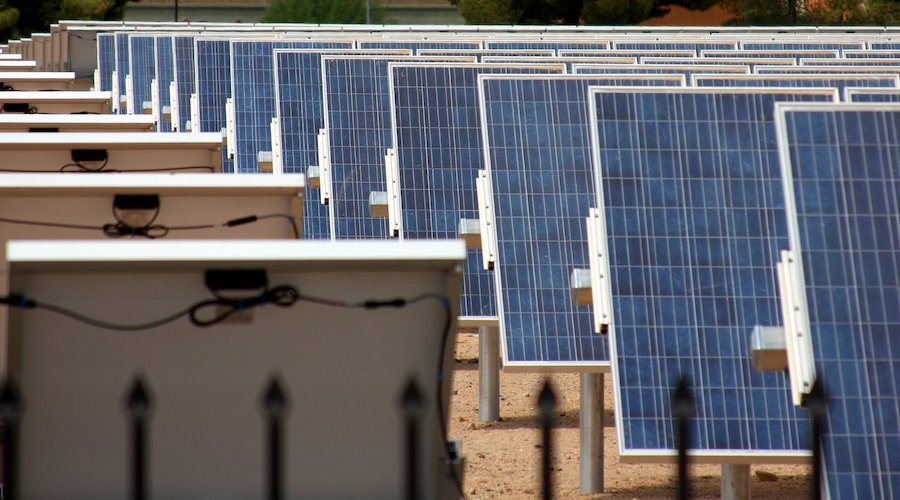
A report by IDTechEx states that redox flow battery technology might start to gain field to lithium-ion batteries over the next decade, overtaking the Li-ion battery energy capacity installed by 2031.

“The large adoption of variable renewable energy is substantially affecting the grid infrastructure, and more renewables will be installed, so the necessity to adjust and update the power grid will be greater. In fact, variability is one of the issues faced by the power grid,” the report reads. “The advent of VRE implies a variation of the existing grid infrastructure, due to the nature of renewable energy, both wind and solar. The variable and uncertainty of these renewable energy sources exacerbate the flexibility issue of the existing power plant.”
According to IDTechEx, flexibility is defined as the ability of the power system to deal with a higher degree of uncertainty and variability in the supply-demand balance, a characteristic that has existed in power systems from well before the advent of low-cost VRE. However, the market analyst believes that the evolution of its definitions has undoubtedly been driven by the increased adoption of VRE.
Given the need for a steady supply of power that does not stop due to the intermittent nature of the wind and the sun, the researcher says that it foresees a large adoption of redox flow batteries toward the end of the next decade, once the RFB sector gets a solid position on the market, overcoming the strong competition from the well-established Li-ion battery systems.
www.mining.com

